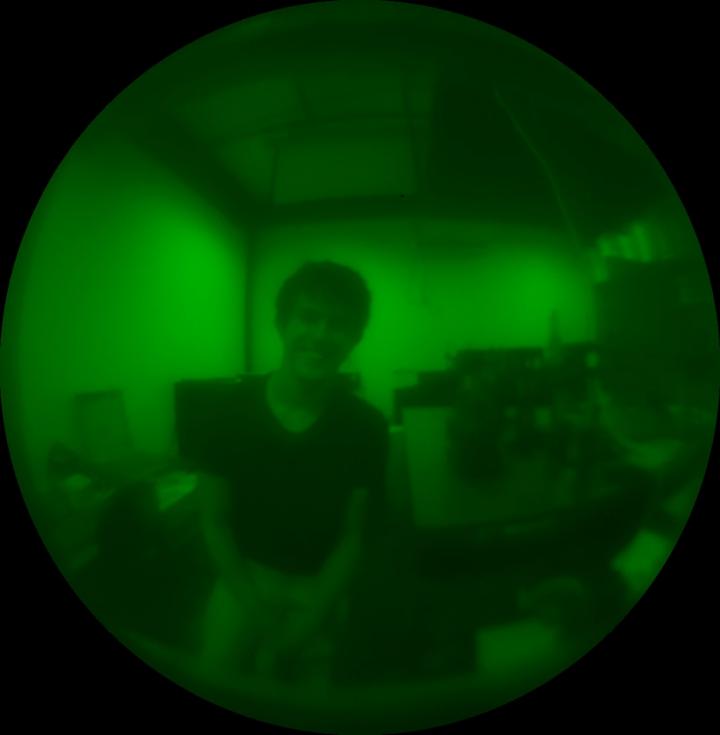The lens can be used to produce high-resolution images with a wide field of view. It can serve as a camera lens in smartphones and can be used in other devices that depend on sensors (high resolution wide angle selfie obtained using metalens

Credit: Augusto Martins/USP
By José Tadeu Arantes | Agência FAPESP – A lens that is a thousand times thinner than a human hair has been developed in Brazil by researchers at the University of São Paulo’s São Carlos School of Engineering (EESC-USP). It can serve as a camera lens in smartphones or be used in other devices that depend on sensors.
“In the present technological context, its applications are almost unlimited,” Emiliano Rezende Martins, a professor in EESC-USP’s Department of Electrical Engineering and Computing and last author of a published paper on the invention, told Agência FAPESP.
The paper is entitled “On Metalenses with Arbitrarily Wide Field of View” and is published in ACS Photonics. The study was supported by FAPESP via a scholarship for a research internship abroad awarded to Augusto Martins, PhD candidate and lead author of the paper.
The lens consists of a single nanometric layer of silicon on arrays of nanoposts that interact with light. The structure is printed by photolithography, a well-known technique used to fabricate transistors.
This kind of lens is known as a metalens. Metalenses were first developed ten years ago and achieve the highest resolution that is physically feasible, using an ultrathin array of tiny waveguides called a metasurface that bends light as it passes through the lens.
According to Rezende Martins, metalenses have long faced the problem that the angle of view is extremely small (less than 1°). “One way to solve the problem is to combine metalenses, forming complex structures,” he said.
Based on the realization that in a conventional lens an increase in refraction index increases the field of view in proportion to the flatness of the lens, the authors designed a metalens to mimic a totally flat lens with an infinite refraction index, which could not be obtained with a conventional lens.
“Our lens has an arbitrary field of view, which ideally can reach 180° without image distortion,” Rezende Martins said. “We’ve tested its effectiveness for an angle of 110°. With wider angles of view, light energy decreases owing to the shadow effect, but this can be corrected by post-processing.”
Combining metalenses prevents super-resolution, but the resolution obtained is sufficient for all conventional applications. Martins tested the metalens with a 3D printed camera and obtained high-resolution images with a wide field of view. “So far we’ve only succeeded in photographing in green, but in the months ahead we’ll upgrade the lens so that all colors are feasible,” he said.
The article “On metalenses with arbitrarily wide field of view” can be retrieved from: pubs.acs.org/doi/10.1021/acsphotonics.0c00479.
Media Contact
Joao Carlos Silva
[email protected]
Original Source
http://agencia.
Related Journal Article
http://dx.




